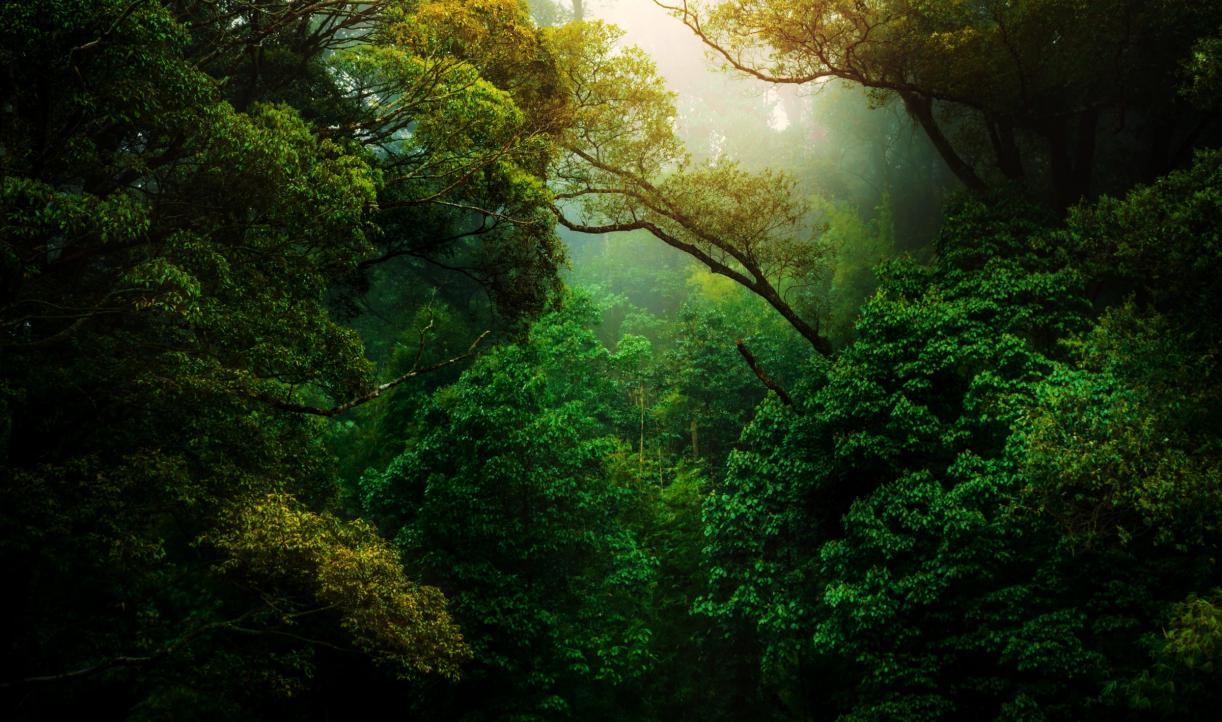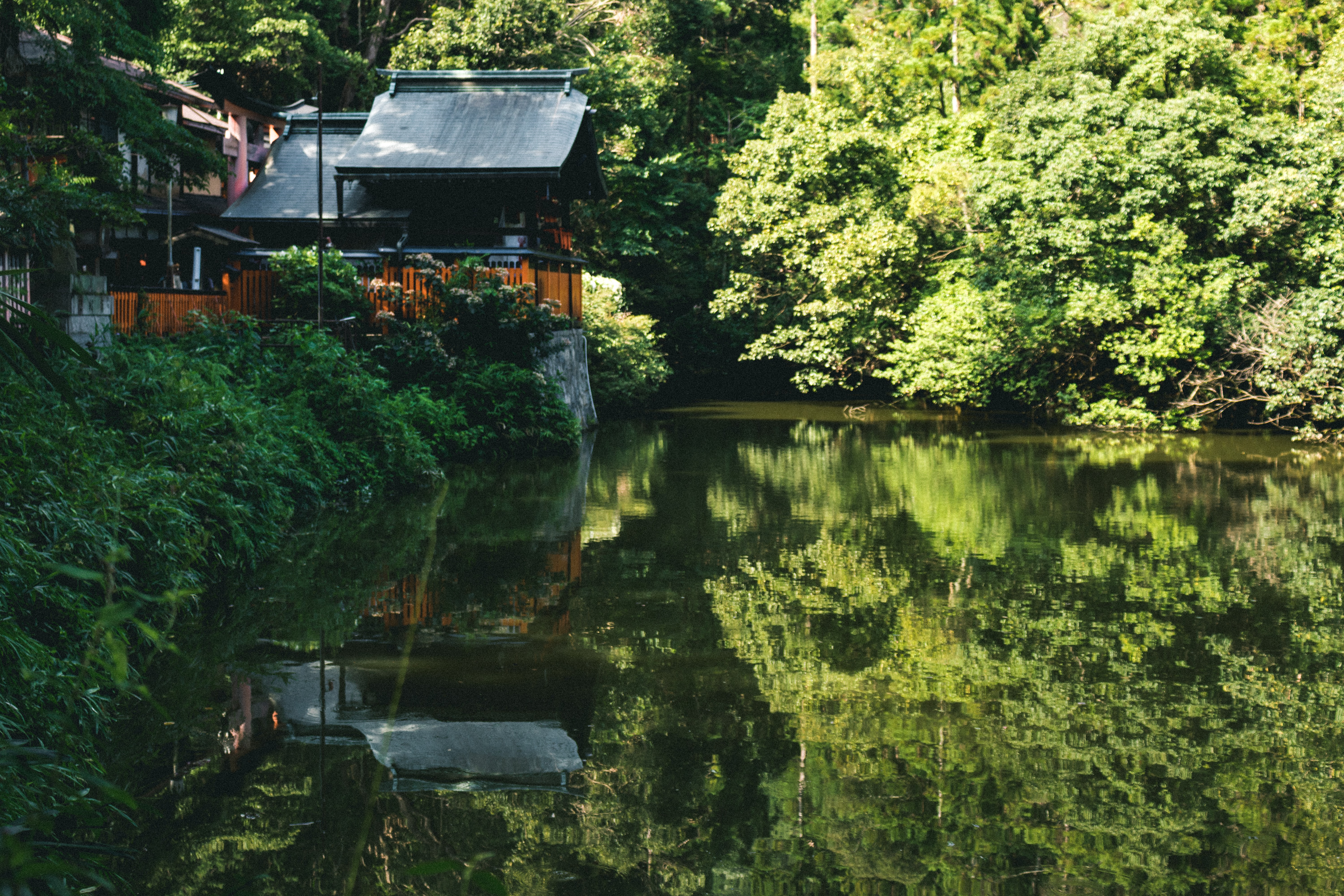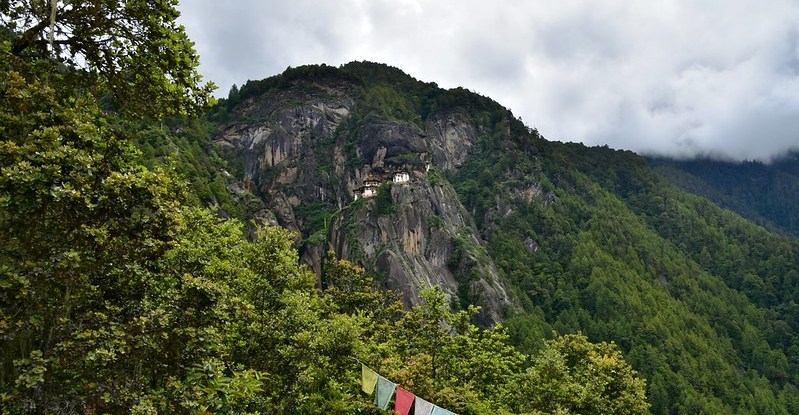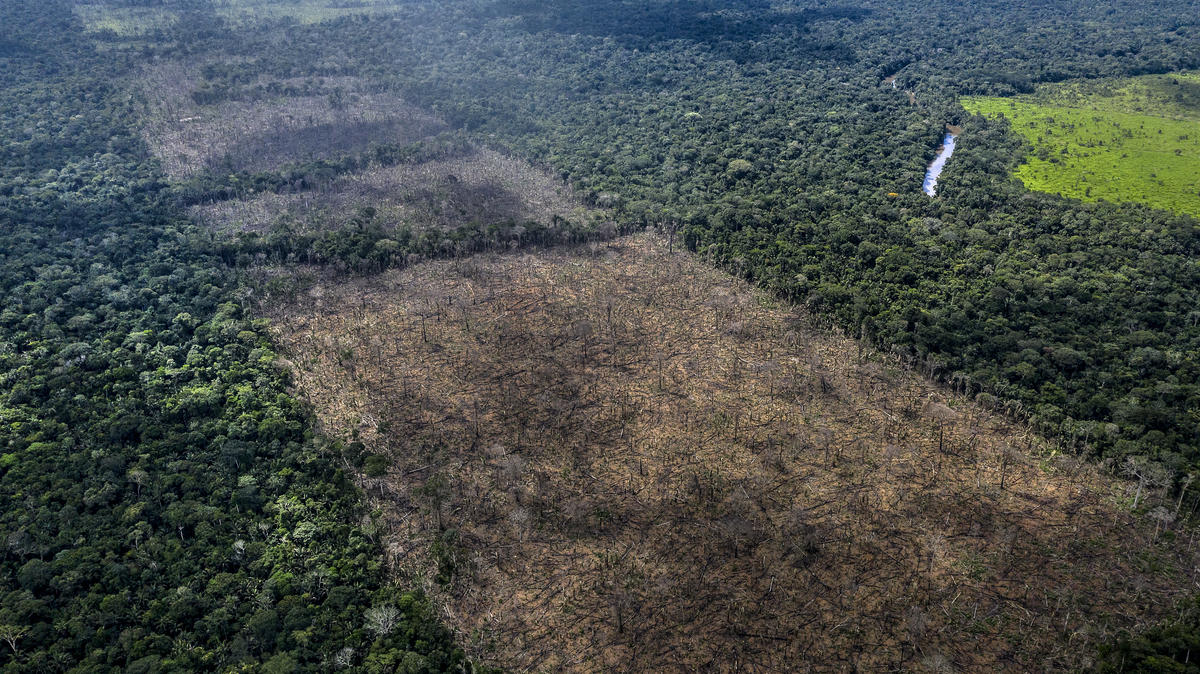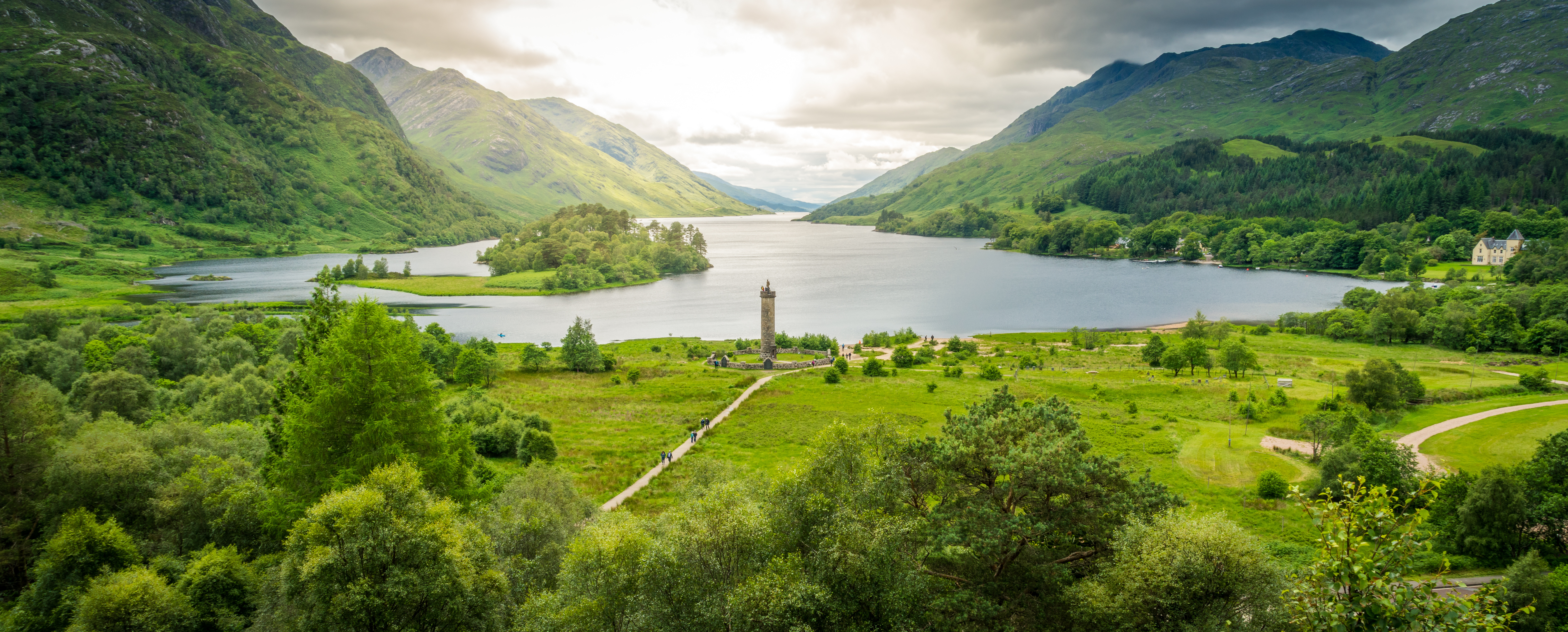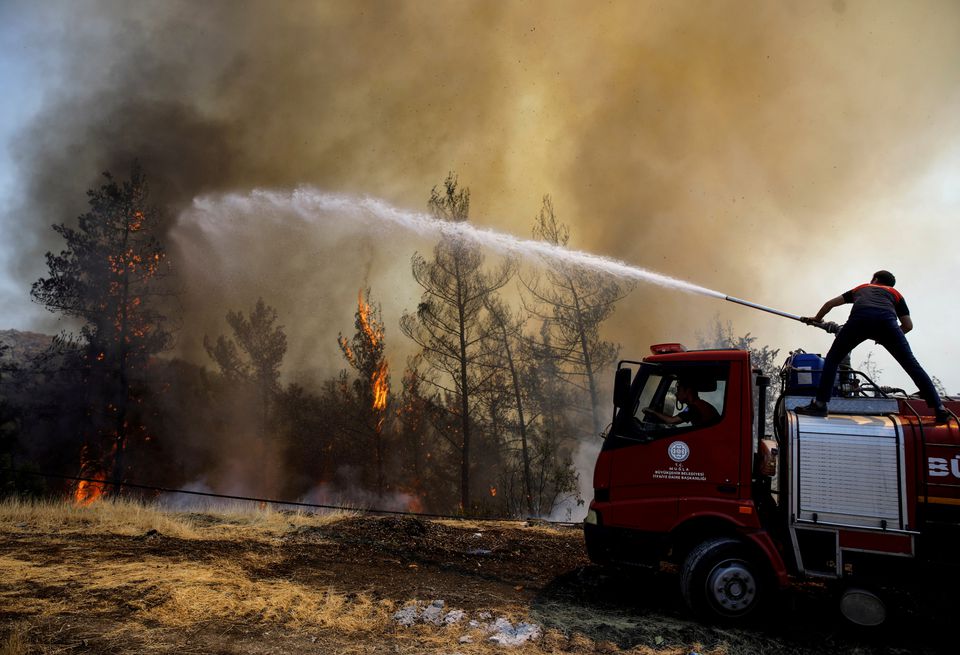Forestry
Public - visible to all visitors to the platform.
Open to join - users can join this group without approval.
About this Discussion
Forests are a source of food, medicine and fuel. In addition to helping to respond to climate change and protect soils and water, they hold more than three-quarters of the world’s terrestrial biodiversity, provide many products and services that contribute to socio-economic development and are particularly important for hundreds of millions of people in rural areas, including many of the world’s poorest.
Yet, deforestation and forest degradation continue to take place at alarming rates, which contributes significantly to the ongoing loss of biodiversity. Forests are also particularly vulnerable to climate change impacts such as insect outbreaks, fires, strong winds, droughts, and pathogen attacks.
There are ways, however, to manage the world’s forest ecosystems that will ensure the conservation and sustainable use of their biodiversity. This requires effective governance, integrated policies, land-tenure security, respect for the rights and knowledge of local communities and indigenous peoples, and enhanced capacity for monitoring of biodiversity outcomes. It also requires innovative financing modalities.
Upcoming Events
Informative message
Forestry
Created a Post in Climate Change, Forestry
Created a Post in Agriculture, Forestry
Created a Post in Agriculture, Climate Change, Forestry
Created a Post in Forestry
Created a Post in Cities and Urban Development, Forestry, Water and Sanitation
Created a Post in Natural Capital, Forestry
Created a Post in Climate Change, Forestry
Created a Post in Forestry
Created a Post in Climate Change, Forestry
